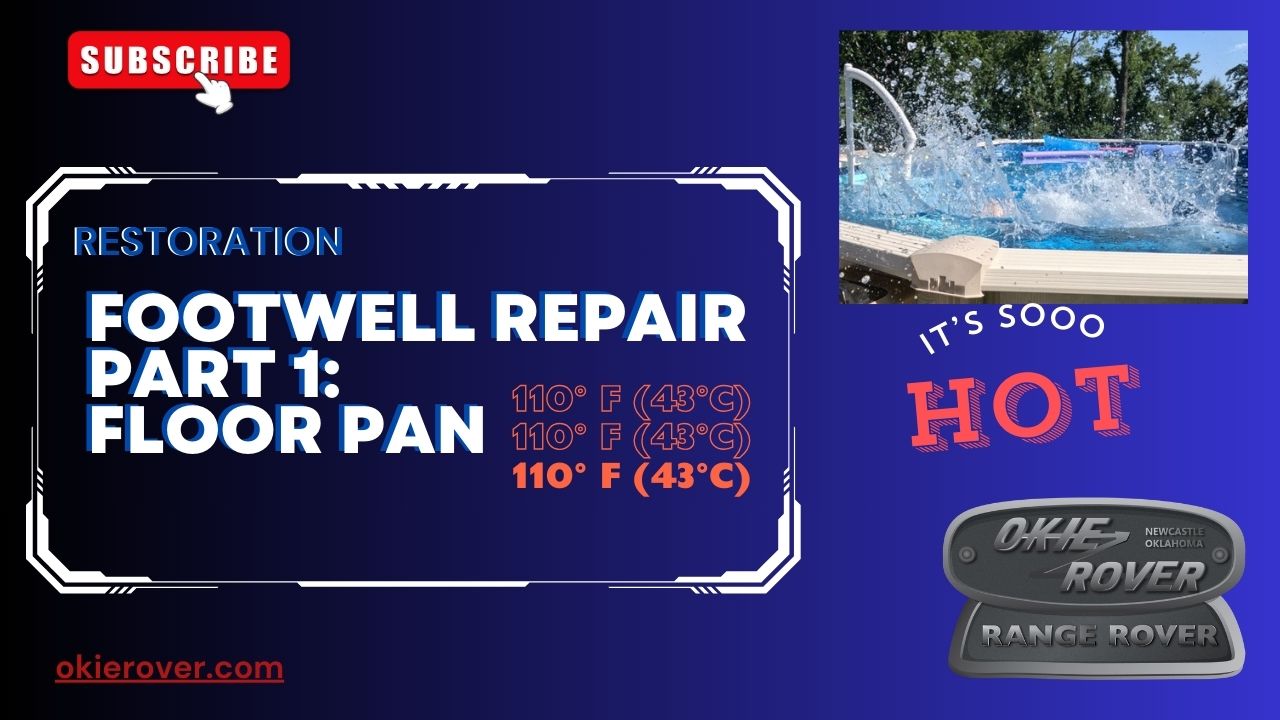I started the day with glorious visions of finishing the welding on the Floor Panel. All I managed to accomplish was spectacular failure.
Things that worked:
- I had some luck with my homemade plug weld drill bit. It worked well at removing the layers of primer and seam sealer I had foolishly laid down.
- Welding. Some of my welds actually held pretty well. I managed to get a good ground and the welds stuck until I stressed them too far. On second thought, maybe that means the welds sucked.
- My home made air hammer … hammer bit stretched the metal a lot. But the shape I needed and the one the I got weren’t going to work.
Things that didn’t work:
- Welds. As before, they popped when put under a lot of stress.
- My understanding of metal working,
- My spinal cord did not like the constant bending over.
After I had the panel welded in place I tried to apply my air hammer on the panel to get the metal to stick. I also tried using self tapping screws to get the panel to stay in place. This may have worked better if I had shaped the panel better.
All in all, it was a waste of wire and gas. I’ve since cut the panel down smaller. I cut all the plug welds off. I’ll try edge welding when I start return to make the fix. Changed the way the transmission tunnel weld was fixed. It’s now straighter less “bowl shaped”. I’m pretty sure I’ll need help holding the panel in place while I make the first few welds.
Range Rover 1
Okierover 0
That’s it for this week. Like and subscribe.
Thanks for reading and Happy Rovering.








